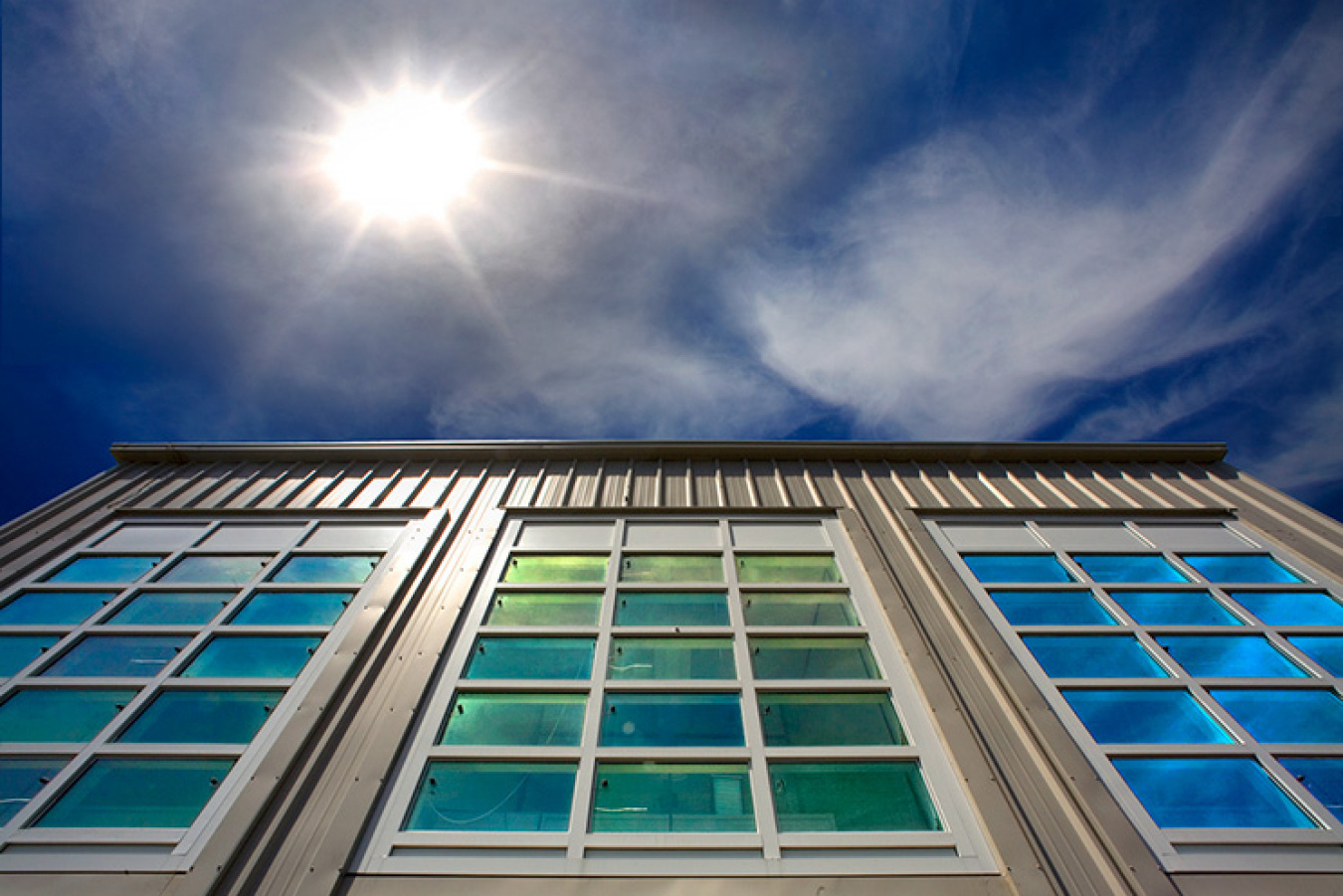
The buildings sector accounts for about 76%* of electricity use and 40% of all U.S. primary energy use and associated greenhouse gas (GHG) emissions, making it essential to reduce energy consumption in buildings in order to meet national energy and environmental challenges and to reduce costs to building owners and tenants. Opportunities for improved efficiency are enormous. By 2030 building energy use could be cut more than 20% using technologies known to be cost effective today and by more than 35% if research goals are met. Much higher savings are technically possible.
Building efficiency must be considered as improving the performance of a complex system designed to provide occupants with a comfortable, safe, and attractive living and working environment. This requires superior architecture and engineering designs, quality construction practices, and intelligent operation of the structures. Increasingly operations will include integration with sophisticated electric utility grids.
The major areas of energy consumption in buildings are heating, ventilation, and air conditioning; lighting, major appliances (water heating, refrigerators and freezers, dryers); and a significant fraction remaining in miscellaneous areas including electronics. In each case there are opportunities both for improving the performance of system components and improving the way they are controlled as a part of integrated building systems.
This chapter describes the next generation of research opportunities in building energy technologies.
*Including space heating and lighting industrial buildings